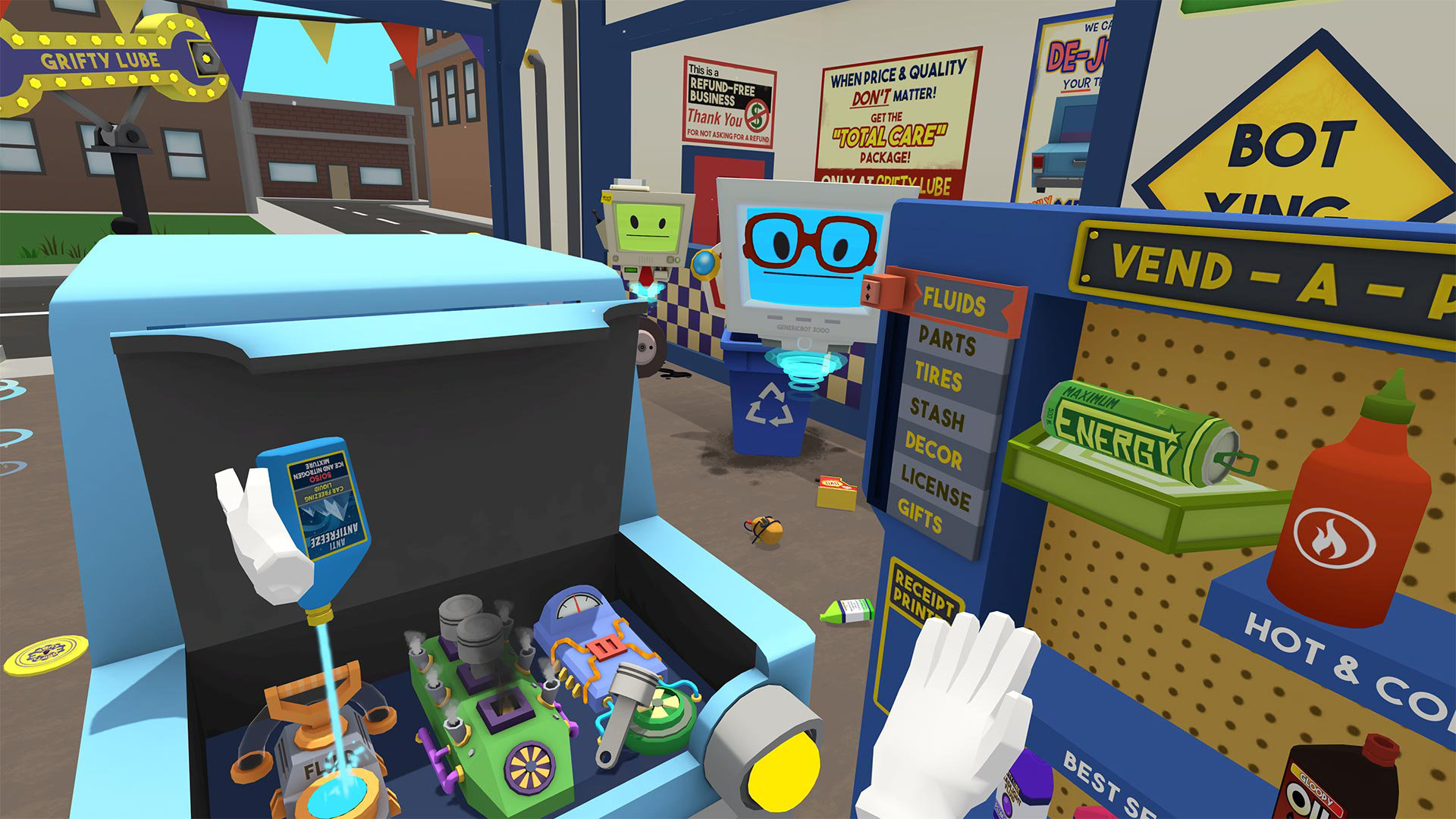Shopping beyond traditional e-commerce

Mail order and other forms of remote retail marketing have a long history: some estimates stretch it as far back as 15th century Venice, when, what’s considered, the first ever ’catalogue’ is said to have been published by a certain Aldus Puis Manutius.
Shopping, in this remote manner, hasn’t really changed all that much over the years; it’s still essentially about people staring at images of products, reading bits of text and then having stuff either collected or delivered. Indeed, that’s pretty much what the currently estimated 1.7 billion people engage in when they’re shopping on the many e-commerce websites out there.

Despite the convenience of e-commerce, the vast majority of retail sales happen in traditional bricks and mortar stores. Indeed, even a significant chunk of e-commerce sales still rely, to a great extent, on physical stores:-
- For initial reconnaissance activities: product research, getting a feel for the range available and comparing goods side-by-side.
- For returning stuff purchased online that didn’t meet expectations (i.e. too big/small, wrong colour etc).
- For collecting goods from a local store, after having placed an online ‘reservation.’

There are numerous reasons why e-commerce hasn’t managed to grab a much larger share of traditional retail sales, but some of the following immediately come to mind:-
- That human beings are ‘spatial’ creatures and much prefer ‘comparing’ by actually grabbing hold of goods and having them within close vicinity. This allows their scale, in relation to each other and our own bodies, to be easily ascertained and also enables viewer to observe greater detail.
- We like seeing things displayed in context; this is the reason why furniture showrooms usually display goods in, what are essentially, ‘stagesets’ made up with accessories, furnishings, appropriate lighting, fake props etc.
- We hate waiting around for too long: in a world of instant coffee and on demand television, we don’t want to waste time returning or exchanging goods just because we happened to get the sizing wrong!
- We’re often impulsive, don’t always plan what we want to purchase: we like to have a good ‘mooch.’ In fact encouraging impulse buys can be a major component of a successful retail strategy.
- Face to face interaction is always going to be more exciting than bland, ‘dumb screen’ interactions. People don’t call their mates over so that they can all shop together on Amazon! Shopping is often seen as a social activity, a form of entertainment.
In short: what traditional e-commerce does badly is conveying product scale, proportion and putting stuff in physical context. What it also lacks is a real-time social component and ways to satiate our need for instant gratification.
VR and AR technologies have the potential to ameliorate a lot of these issues, whilst still maintaining much of the convenience of traditional e-commerce.
On a typical retail website, regardless of how detailed the product description might be, it’s no match for having goods displayed in full glorious 3D and being able to interact with things. Getting a better handle on product sizing should also help meet customer expectations, thus improving the returns ratio.
Moreover, decreasing any uncertainties from the shopping process is a win-win for both consumer and vendor. Having people wandering around bricks and mortar stores is costly for retailers to execute: think of all costs associated with real estate, shop assistants and their managers!
So, given the upsides, it will be in the best interests of product manufacturers to engage in this early by providing detailed and optimised 3D models of their products, complete with interactions, audio and haptic feedback guidance.
But, before any of this happens,’V-Commerce’ friendly platforms need to be created and industry standards developed. There are signs that this is already happening. Shopify this year announced 3D model storage on its platform as a first step towards a broader VR/AR strategy:- Introducing New Ways to Work with AR/VR

It’s little wonder then that the world’s largest retailers are quick to react: Walmart, has recently filed patents that relate to bringing about this VR shopping vision and Ikea continues to introduce new ways of engaging with its products using AR/VR technologies.
Watch this space…

